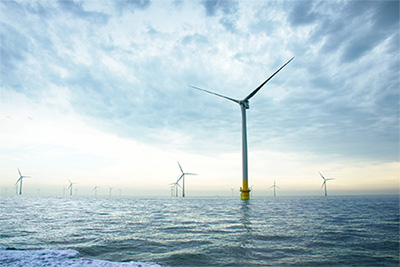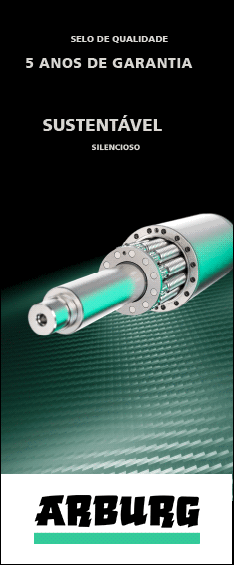| Plastics News |
BASF completes purchase of 49.5% of the offshore wind farm Hollandse Kust Zuid from Vattenfall
September, 1, 2022 - Following the approval of all relevant authorities, BASF has today successfully completed the purchase of 49.5% of the offshore wind farm Hollandse Kust Zuid from Vattenfall. The closing of the transaction, originally expected for the fourth quarter of 2021, was completed earlier than planned. According to the agreement BASF and Vattenfall had signed in June 2021, the purchase price amounts to €0.3 billion. Including BASF’s contribution to fund the wind farm construction, BASF’s total commitment amounts to around €1.6 billion. BASF intends to reduce its investment by selling shares to a financial co-investor; the respective process has been initiated already. Construction work for the wind farm in the Dutch North Sea started in July 2021. The offshore wind farm is expected to become fully operational in 2023. At that time, it will be the largest offshore wind farm in the world with a total installed capacity of 1.5 gigawatts. The Hollandse Kust Zuid wind farm will also be the first fully merchant offshore wind farm in the world which does not receive any price subsidies for the power produced. The electricity from the wind farm will enable BASF to implement innovative, low-emission technologies at several of its production sites in Europe. Another significant part of the electricity production is reserved for Vattenfall’s Dutch customers. BASF is acquiring the electricity from the wind farm for its ownership share through a long-term power purchase agreement. BASF’s Antwerp Verbund site will benefit from the renewable power to a significant extent. The BASF Antwerp site is the largest chemical production site in Belgium and the second largest BASF Group site worldwide. The supply scheme to other BASF sites in Europe will depend on the further development of the respective regulation for renewable energy. The wind farm will also support the Netherlands in reaching its target share of renewable power generation and greenhouse gas reduction targets. BASF has more than 1,500 employees in the Netherlands who develop, produce and sell products for many sectors at various locations. “This wind farm will be an important building block to supply our Antwerp Verbund site and other European sites with renewable electricity. It is the first major investment of BASF in facilities for renewable power. With this investment we are securing significant volumes of electricity from renewable sources for BASF, which is a key element of our transformation towards climate neutrality,” said Dr. Martin Brudermüller, Chairman of the Board of Executive Directors of BASF SE. “Vattenfall and BASF share a common objective of phasing out greenhouse gas emissions from our operations. With this cooperation, Vattenfall once more proves that partnerships with industries are a key element to accelerate the European energy transition across sectors. I am particularly proud that we can do this, while at the same time securing the delivery of fossil-free electricity to our Dutch customers,” said Anna Borg, President and CEO of Vattenfall. Vattenfall has a mission to enable fossil-free living within one generation. In order to reach this goal, the company invests heavily in renewable energy. Offshore wind plays an important part in reaching its goals. A cornerstone of Vattenfall’s growth strategy is to look for partners to balance the significant investment costs of its future assets. Strong investors will support Vattenfall to accelerate and drive the transformation of the energy landscape since it will open up financial space for new investments in renewables and decarbonization. BASF aims to reduce its greenhouse gas emissions by 25% by the year 2030 and achieve net-zero emissions by 2050. One important lever to further bring down emissions is replacing fossil-based electricity with fossil-free electricity. BASF will secure the required amounts of renewable power through a “make and buy” approach. This includes the intention to bring in financial co-investors to this project allowing for an efficient use of capital. BASF is working on scaling up low-emission technologies to industrial dimensions. Beyond 2030, BASF expects to implement technologies such as CO2-free methods for the production of hydrogen and electrically heated steam crackers, which will significantly increase BASF’s demand of renewable power. Steam crackers play a central role in the production of basic chemicals and require a significant amount of energy to break down hydrocarbons under high temperatures and pressure into olefins and aromatics. Offshore wind farms can play a key role to supply the required amounts of renewable energy. “Vattenfall and BASF are long-standing partners. With this truly European project we take a further step in strengthening our partnership. Together we will make a positive impact on the climate, on our businesses, and we will continue to look for future opportunities for cooperation,” said Borg and Brudermüller. Source : BASF |


